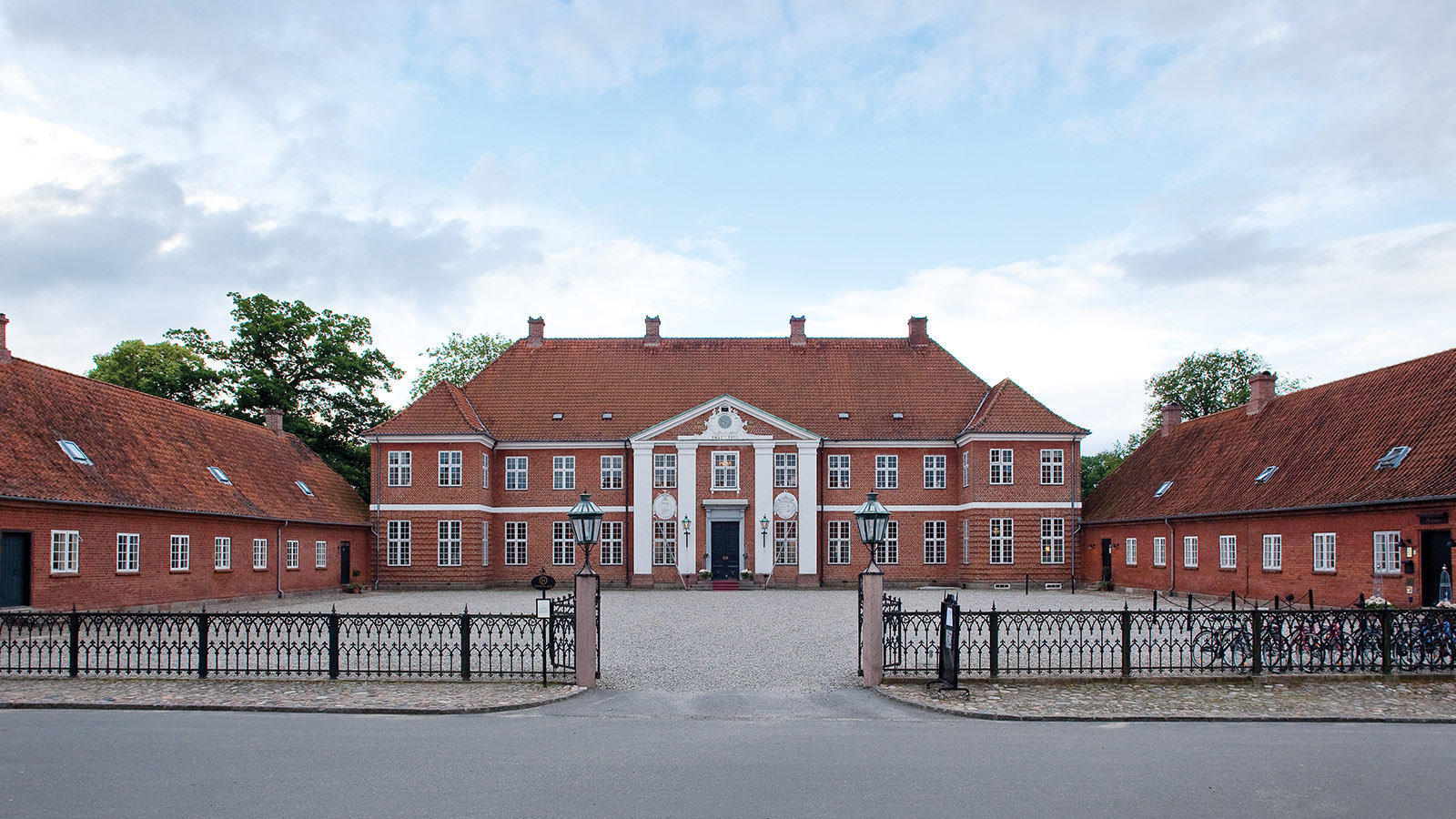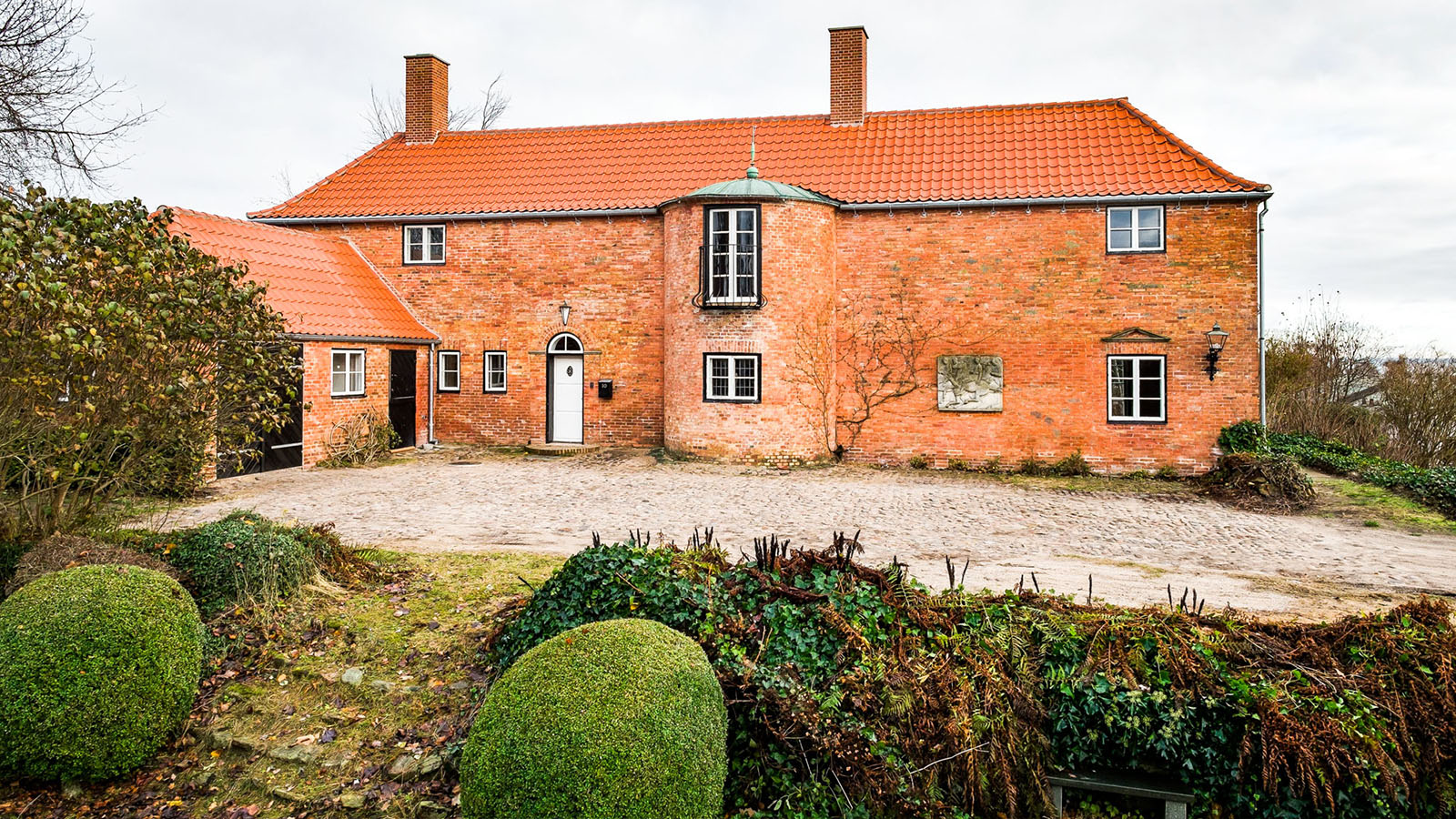Log ind info
Around 1770, Rococo gradually merges into Classicism, a newer and simpler style. The changeover from Rococo comes is evident in a general simplification of the principal forms and decorative motifs. The mansard roof goes out of fashion again, the rocaille disappears to make way for simple recesses, ornamented at the most with a simple meander border, and the profuse wood carvings are simplified, but gain by their clearer and more stringent expression.

C.F. Hansen, who was active in the last part of this period, was the first to introduce actual Palladianism into Denmark. In the best of his works, cornices, window architraves and façade composition are taken almost directly from the model drawings in Palladio's four books of architecture.
Many of the country's often very stately parsonages date from this period, and the classically styled farmhouse becomes common in the countryside following the abolition of villeinage and the ensuing relocation to the fields in the 1790s. Stylistically these are functionally half-timbered buildings with a certain regional differentiation, in which the predominant style of the time is really only seen in the joinery details, such as the mouldings on panels, doors and windows.
Classicism can be seen as the final style of the epoch which in general can be described as the 'European Renaissance'.
